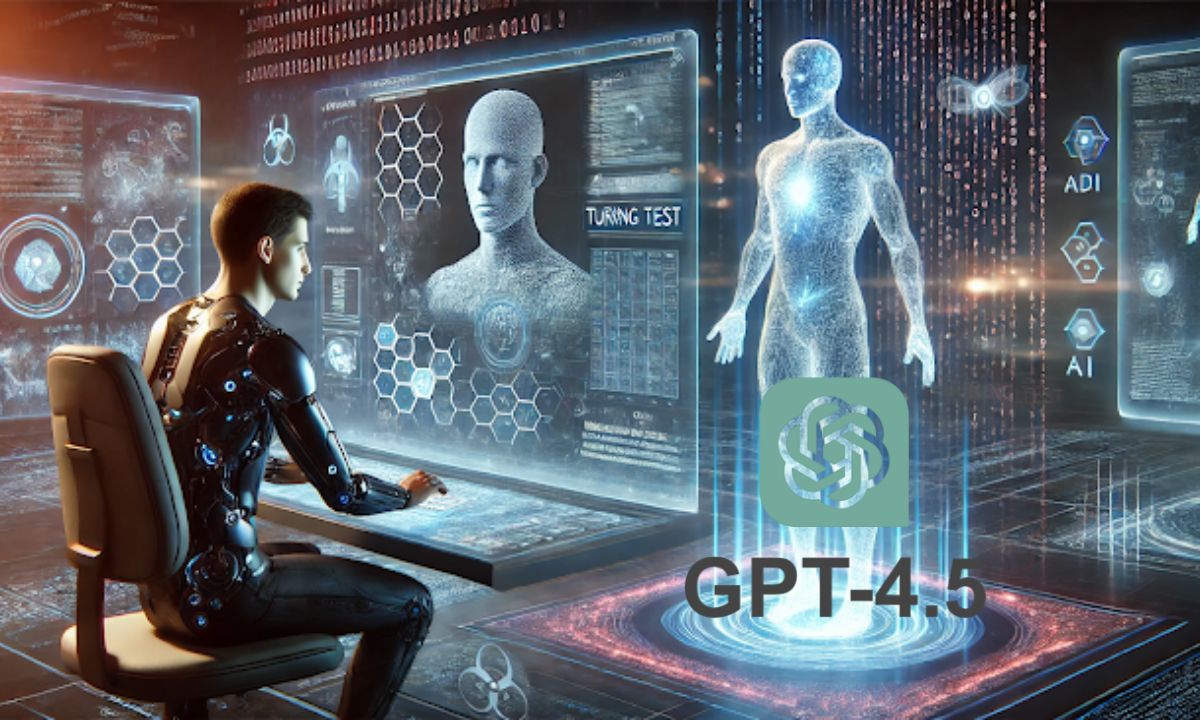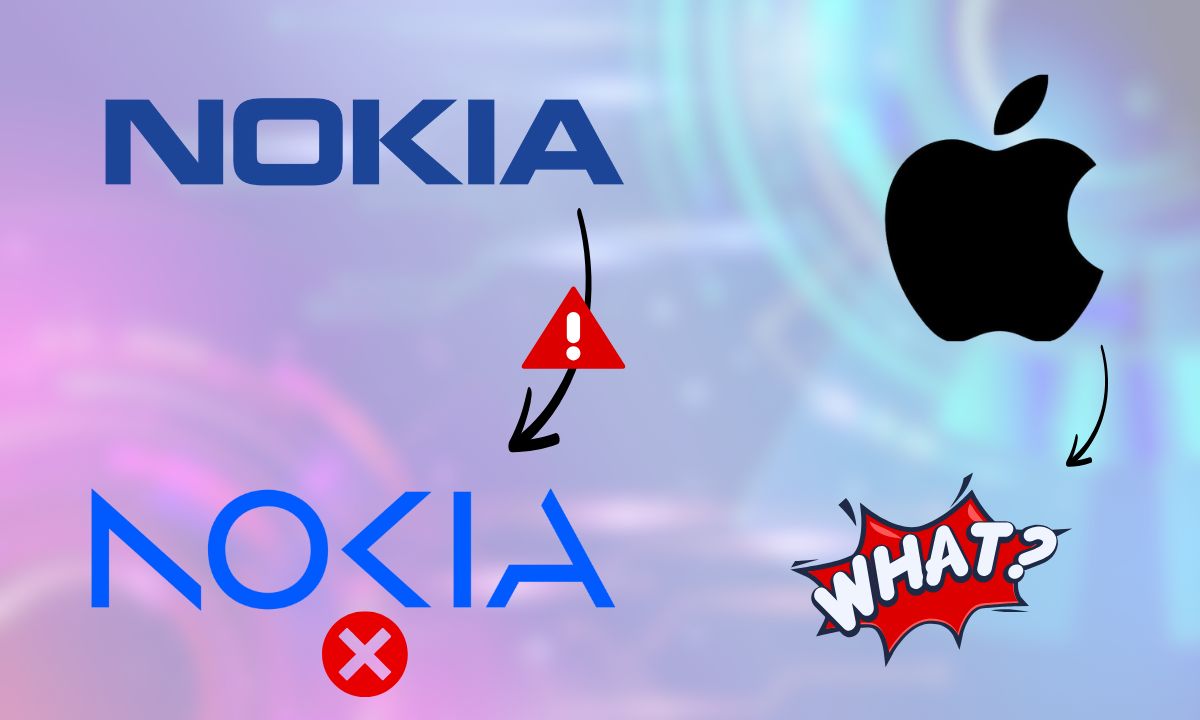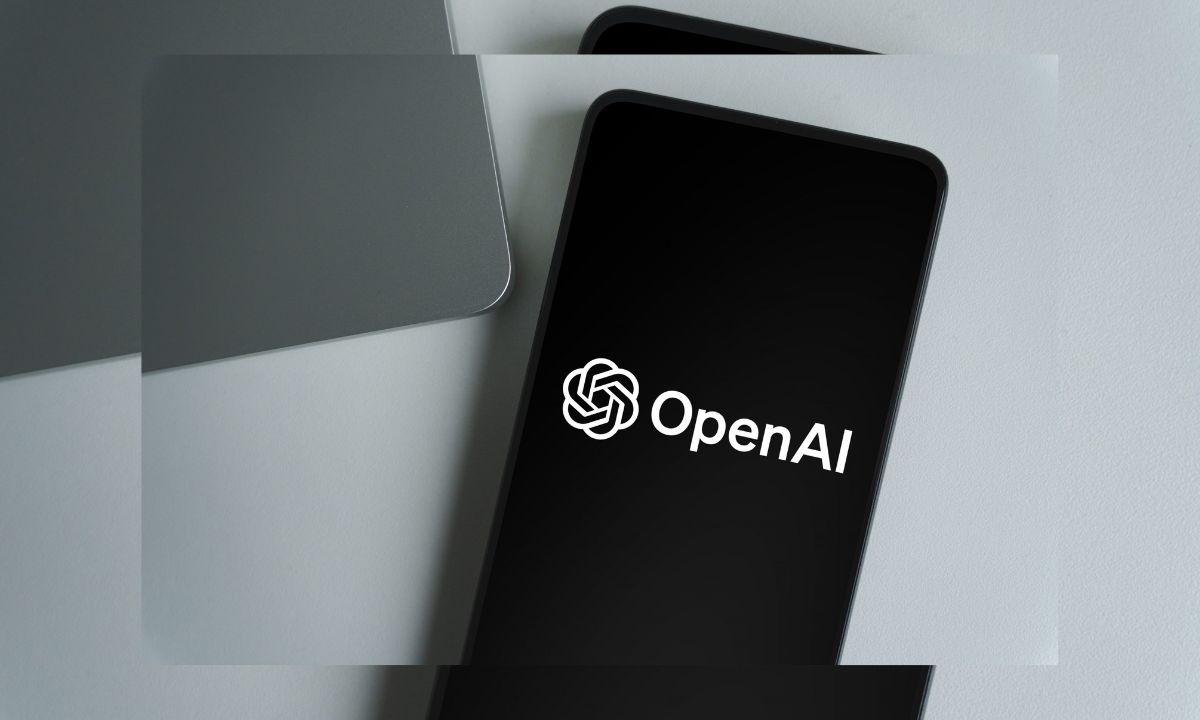The Turing Test, also known as the “imitation game,” was created by British scientist Alan Turing. It’s designed to see if a machine can act so much like a human that people can’t tell the difference. Usually, a person asks questions to two hidden participants—one human and one machine. If the person can’t figure out which is which, the machine passes the test.
GPT-4.5 Beats the Original Version of the Turing Test
Researchers from the University of San Diego ran a new version of the Turing Test involving three people: one interrogator, one real human, and one AI model. This is harder than the usual two-party setup. GPT-4.5 fooled participants 73% of the time—making it the first large language model (LLM) to pass the original version of the test.
Other AIs Also Performed Well
Meta’s LLaMa-3.1 also did surprisingly well, with a 56% success rate. This is higher than what Alan Turing once predicted. He said an interrogator would only be wrong 30% of the time after five minutes of questioning.
The Secret Behind GPT-4.5’s Success
To help the AI sound more natural, it was given two prompts. First, it was told to pretend to be human. Then it got a second prompt that added personality traits—like being a shy young person who knows internet culture and uses slang. This helped it feel more real to people.
The Human-Like “Vibe” Made the Difference
Over 1,000 tests were done, and people decided who was human mostly based on conversational style and emotional tone. It wasn’t about how smart the answers were. Instead, it was about how the interaction felt—something researchers called the “vibe.”
Without Personality, AI Didn’t Perform As Well
When the AI wasn’t given the extra personality prompt, it didn’t convince people as easily. This shows how important context and character are for making AI seem more human.
What This Means for the Future of AI
Passing the Turing Test doesn’t mean GPT-4.5 is truly intelligent like a human. It just means it can imitate human speech really well. Still, this is a big step in how AI systems can be used in everyday conversations.
The Good and Bad of Realistic AI
On the positive side, this could lead to AI agents that talk more naturally and help people better. But there’s also a risk. AI could be used in scams or trick people by pretending to be human. That’s why experts warn that the biggest danger comes when people don’t know they’re speaking to a machine.
This breakthrough shows how fast AI is improving. GPT-4.5 didn’t just seem human—it actually seemed more human than real people in some cases. While exciting, this also reminds us to be cautious about where and how we use such powerful technology.




